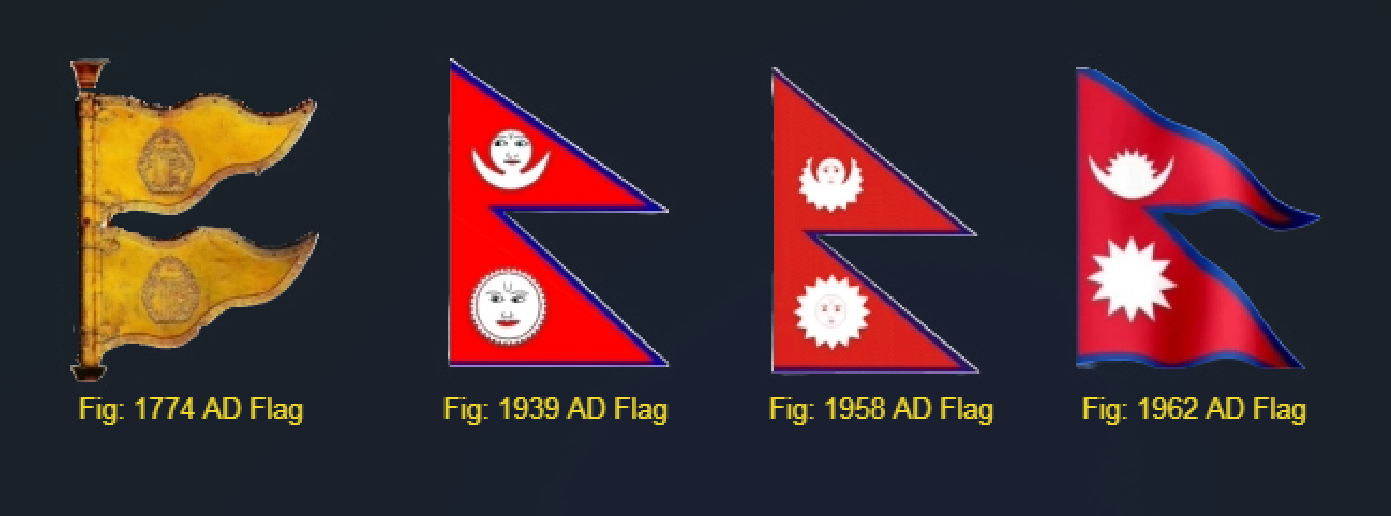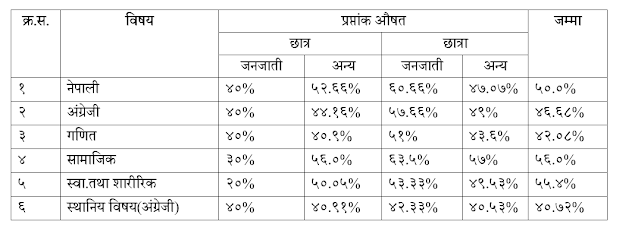Nepal flag: Meaning, History, Symbol and Design
The Nepal Flag is national flag of Nepal. Nepal Flag is an attracting fusion of colors and symbols, stands as a testament to the country's rich history and diverse culture. In this article, we uncover the meaning, History, Symbolism and design of Nepal's flag.
Ancient Origins:
Nepal's flag has roots that stretch far back into its history. It is believed to have originated in the 19th century during the rule of the Rana dynasty. However, its symbols have ancient ties to Nepal's rich cultural tapestry.
Transformation of Nepal's Flag:
Over time, the Nepal flag underwent changes mirroring the nation's evolving identity. In the early 20th century, it was modified to include a sun and half-moon. This addition held cultural and religious significance, symbolizing Nepal's eternal existence.
The Unique Design:
Nepal flag holds a unique
distinction, it's the only national flag that isn't rectangular. This rarity
makes it instantly recognizable on the global stage. At the core of the Nepal
flag's design are two triangles. The upper triangle, pointing towards the
flagpole, is a radiant shade of crimson. This symbolizes the fervent spirit and
sacrifices of the country's people. The lower triangle is a serene blue,
representing Nepal's peaceful nature and aspirations.
History of Nepal's Flag:
The history of the Nepal flag dates
to the 19th century when Nepal was coming together under King Prithvi Narayan Shah's leadership. The flag's crimson red background symbolizes
bravery and the determination of the Nepali people, while the blue borders
signify peace and harmony
Symbolism of Nepal's Flag:
The Nepal flag's design carries profound symbolism. The red signifies courage and valor, reflecting Nepal's spirited history. The blue embodies peace, showcasing Nepal's commitment to harmony. The moon symbolizes that Nepalese are calm and peaceful, while the sun symbolizes firm thoughtfulness.
Conclusion:
Frequently Asked Questions (FAQs):
1. What is the significance of the Nepal flag's unique shape?
The Nepal flag's
non-rectangular shape represents the country's distinctive character and stands
out among flags worldwide.
2. Why are crimson and dark blue chosen as the flag's colors?
Crimson and dark
blue hold historical and cultural significance for Nepal, reflecting its rich
heritage.
3. What do the sun and moon symbols on the flag represent?
The sun
symbolizes the months in the Nepali calendar and Nepal's determination, while
the moon signifies peace and calm.
4. What is the historical significance of the Sun and Moon Dynasties in Nepal?
These dynasties
are integral to Nepal's history, with the Sun Dynasty representing the
"Sun Dynasty" or "Suryavansha," and the Moon Dynasty
symbolizing the "Moon Dynasty" or "Chandravansha."
5. How does the Nepal flag symbolize unity and harmony?
The flag's design represents the Himalayan Mountains and the harmony of Hinduism and Buddhism in Nepal, symbolizing unity and harmony among different faiths.




Comments
Post a Comment